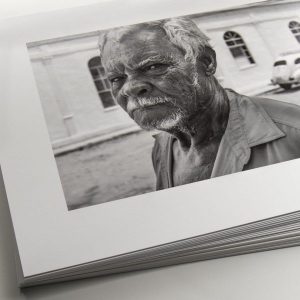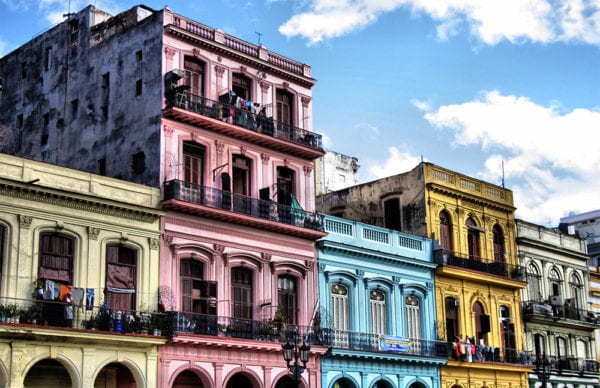

Many times, when exploring an unfamiliar place, your senses are heightened, and you may find yourself seeing things in a brand new way. The textures of the street, the way the light strikes an object, or the expression on a person’s face demands your attention in a way that it may not have in the comfort of your hometown. This experience can be truly refreshing and empowering, especially when it comes to expressing these views through photography. Every sight you see offers the potential for a unique image to be created, interpreted, and captured as your own.
While a new locale can reinvigorate the creative process, it can also be a great opportunity to return to the roots of photography, or even to begin learning the essentials. This will be the guiding principle behind our upcoming workshop “Teen Summer Photography Program in Cuba”, a unique destination trip combining both photography instruction and community service.
In partnership with ARCC Programs, The Image Flow is proud to offer this workshop to kids interested in experiencing new cultures and giving back to local Cuban communities, as they learn new techniques to photograph the rich tapestry of this island nation’s vibrant lifestyle. If your child is seeking to broaden their horizons as well as their knowledge of photography this summer, this trip is not to be missed.

Instructor Curtis Meyers will be guiding our students with photography tips, lessons, and critiques as they explore all that Cuba has to offer.
Curtis explains, “Cuba is a remarkable country with a unique culture and visuals. And once Cuba’s borders open up, this island won’t be the same again.
Most tourists take a lot of photos that we don’t think much about at the time. These are “snapshots.” My goal, at a minimum, is to get everyone past this level, making photography that you’d be proud of for its composition, technique, and connection with the subject. Teenagers of all levels are encouraged to sign up, as everyone will come away from this trip a better photographer.
As far as equipment, it’ll be best to travel light: a DSLR or mirrorless camera with one or two lenses is recommended, however if you are limited to an iPhone, that is fine too. Also, a laptop with Adobe Lightroom should be brought for reviewing photos each day.”
Read on to get a taste of what students on this trip will be learning, though these photography tips can be put to use in any location!
1. Don’t be afraid to show motion in your photographs.
A lot of photographers panic when it comes to photographing moving subjects, but the truth is that sometimes, allowing a subject to blur its motion can create a very dynamic and visually engaging image, whether it’s a vehicle, an animal, or a person. It lets the audience see beyond a static moment in time and imagine the activity in the image more vividly. Strategically using a slightly slow shutter speed (perhaps 1/15th of a second or so), can often leave part of an image blurred and creamy in tone, while other things remain sharp. Panning the camera along with moving objects can also lead to unexpected results. The name of the game here is experimentation, and shooting lots of frames to arrive at the right image.


2. Use depth of field to put emphasis on your main subject.
Whenever you are out photographing, try to remain consistently aware of the background of your shot. Always consider whether the backdrop is adding something to the image, or if it is potentially distracting from your intended subject. This will quickly inform your choice of aperture settings while you are in the process of determining exposure.
3. Use uncommon points of view to create unique perspectives.
More often than not, people make photographs at eye-level, which is certainly convenient, however it tends to make everything look the same after a while. By using unusual or unexpected vantage points, you can create more interesting perspectives that force your audience to look at things from a new direction. Think about the places we don’t normally look, like worm’s eye view, bird’s eye view, and everything in between.


